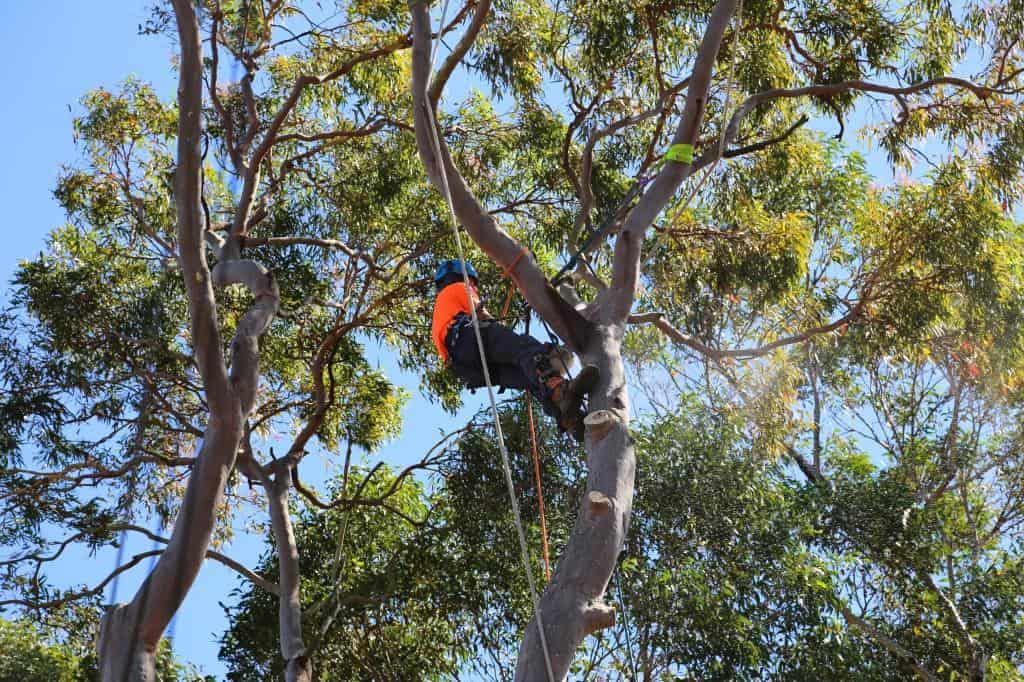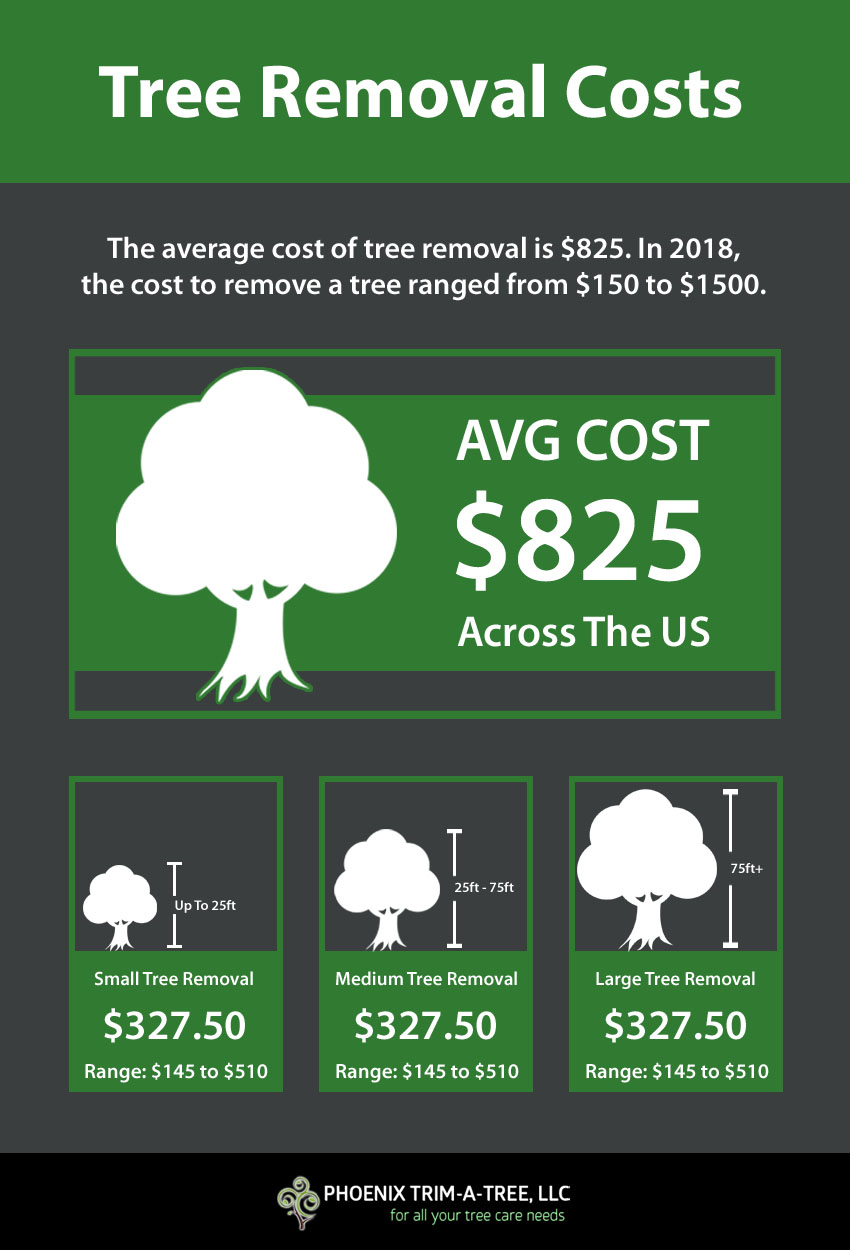Featured
Table of Contents
- – Douglas, GA Tree Removal Removal Costs
- – Douglas, GA Tree Cutting: What Affects The Price
- – Douglas, GA Tree Clearing Pricing Structure
- – Energy-Efficient Tree Cutting Costs In Dougla...
- – Douglas, GA Tree Trimming Specialists: Pricing
- – Request Tree Trimming Estimates In Douglas, GA
- – Douglas, GA Arborist: Pricing Questions
- – Insurance Costs For Stump Removal In Douglas...
- – How Much Does It Cost To Hire An Tree Remova...
- – Douglas, GA Tree Clearing Cost Breakdown
- – Douglas, GA Tree Clearing Cost Factors
- – Ultimate Guide To Tree Clearing Costs In Dou...
- – Douglas, GA Tree Removal Quote Comparison Tool
- – What Makes Douglas, GA Tree Clearing Worth It
- – Douglas, GA Area Tree Cutting Prices: Comple...

The subsections listed below offer more in-depth details about rates, including an average range for each. TypeAverage Removal CostPineConiferPalmMagnoliaArborvitaeAshCedarSweet GumEucalyptusSycamoreCypressOakMaplePoplar You can anticipate to pay in between to eliminate a pine, depending on its size. Getting rid of a pine is among the more inexpensive jobs unless it is one that has actually been around for several years and is rather big.
Douglas, GA Tree Removal Removal Costs
Pines likewise have a tap root that grows deep into the soil, which can show to be more hard to remove. The process itself includes a professional cutting the tree, clearing the base, cutting the surface roots, eliminating the stump, and lastly dealing with the soil. Without a professional hand, you risk leaving pine seedlings behind, which will fall from the roots of distressed pines.
Douglas, GA Tree Cutting: What Affects The Price
The U.S. national average for conifer elimination is around to have the conifer cut down, hauled away, and the stump ground or removed entirely. Conifers are usually easier to eliminate, and although they can grow quite high, they do not cost a fortune to remove. Conifers include pine, spruce, fir, and juniper trees.
Douglas, GA Tree Clearing Pricing Structure
While conifers are beautiful, they kill native plants and particular types of grass (tree trimming). The typical cost of palm elimination depends on the height as much as the type, varying from.
Energy-Efficient Tree Cutting Costs In Douglas, GA
That is why it is very important to understand which type you are getting rid of. While you do not need an herbicide to kill a palm tree, there are some actions your removal specialist will need to take to guarantee the job is done properly. There are two ways they can get rid of them: by slicing them down or digging them up.
Douglas, GA Tree Trimming Specialists: Pricing
From there, they eliminate the real tree and then the stump. Expect to pay between to eliminate this type of tree, depending on the specific size and details of the job.
Request Tree Trimming Estimates In Douglas, GA
There are 3 types: green, white, and black ash. White ash is understood for its lots of colors. With its gray-tinged bark, its leaves are green or purple in the spring and golden yellow or purplish-red in the fall. They enjoy moderate environments and great deals of sun. The green ash is named such due to its green or yellow foliage.
Douglas, GA Arborist: Pricing Questions

The bark is softer, and it blooms later on in the year - stump removal. Due to the variation in height, the elimination cost variance is wide from. A coniferous, evergreen tree, the cedar is a sturdy types. Real cedars delight in higher elevations, generally in the Mountain ranges and the Mediterranean. A true cedar can grow as high as 160 feet in height and is typically planted in the United States as a landscape option.
Insurance Costs For Stump Removal In Douglas, GA
The development of false cedars varies from 50 feet approximately 230 feet high. House owners might pay anywhere from, depending on the roots. With star-shaped leaves and sensational fall colors, the sweet gum is considered a medium to big tree. Delighting in complete sun, the sweet gum can not endure contamination.
How Much Does It Cost To Hire An Tree Removal In Douglas, GA
Typically, it costs between to get rid of a eucalyptus. Eucalyptus are not typical everywhere, but they are quite large compared to others, which is why even the smaller sized ones are so pricey to get rid of.
Douglas, GA Tree Clearing Cost Breakdown
There are a handful of methods to do this, consisting of burning, pulling, grinding, or eliminating them with herbicide. Anticipate to pay between to eliminate sycamores, based on the height, trunk size, and quantity of work included. Sycamores are among the largest hardwood trees, normally ranging from 60 to 100 feet tall and as large as 15 feet.
Douglas, GA Tree Clearing Cost Factors
The very first two actions will expose the insides of the tree and cut off the circulation of nutrients up the trunk. From there, a professional applies herbicide to eliminate the tree and cuts down the trunk.
Ultimate Guide To Tree Clearing Costs In Douglas, GA
There are various kinds of Cypress trees, but the most common are the Leyland, Arizona, Bald, and Italian. The Bald Cypress grows in swampy or extremely damp locations while the others enjoy a dry, warm, or hot environment (tree clearing). They can grow as tall as 80 to 100 feet tall
Douglas, GA Tree Removal Quote Comparison Tool

Prone to illness, the Cypress is among the most prized woods for furniture. The average oak grows to around 60 feet, and depending upon the complexity of the elimination, it costs approximately to get rid of. The precise size of your oak and the effort needed to fell it affect what you will actually pay for removal together with any additional services like stump grinding.
What Makes Douglas, GA Tree Clearing Worth It
Access to the trees and the roots will also affect the total expense. Maples are normally amongst the more expensive trees to get rid of because of their size and the work included in the removal.
Douglas, GA Area Tree Cutting Prices: Complete Guide
Growing as high as 90 to 115 feet, these huge lumbers are primarily discovered in North America and include the aspen, cottonwood, and balsam trees. The procedure to get rid of trees includes all the trimming and cutting of the branches and trunk, bringing it down to a stump.
Table of Contents
- – Douglas, GA Tree Removal Removal Costs
- – Douglas, GA Tree Cutting: What Affects The Price
- – Douglas, GA Tree Clearing Pricing Structure
- – Energy-Efficient Tree Cutting Costs In Dougla...
- – Douglas, GA Tree Trimming Specialists: Pricing
- – Request Tree Trimming Estimates In Douglas, GA
- – Douglas, GA Arborist: Pricing Questions
- – Insurance Costs For Stump Removal In Douglas...
- – How Much Does It Cost To Hire An Tree Remova...
- – Douglas, GA Tree Clearing Cost Breakdown
- – Douglas, GA Tree Clearing Cost Factors
- – Ultimate Guide To Tree Clearing Costs In Dou...
- – Douglas, GA Tree Removal Quote Comparison Tool
- – What Makes Douglas, GA Tree Clearing Worth It
- – Douglas, GA Area Tree Cutting Prices: Comple...
Latest Posts
Inspection Costs For Stump Grinding In Dunlap, IN
Are An Tree Removal Worth The Cost In Peoria, AZ?
Rohnert Park, CA Stump Grinding Client Testimonials
More
Latest Posts
Inspection Costs For Stump Grinding In Dunlap, IN
Are An Tree Removal Worth The Cost In Peoria, AZ?
Rohnert Park, CA Stump Grinding Client Testimonials